India isn’t just the land of temples — it’s a land of riddles wrapped in divine energy. Some temples here defy gravity, some vanish with the tides, and others harbor secrets whispered only through generations. These aren’t just places of worship; they’re places where logic ends and belief begins.
Whether you’re a seeker, a skeptic, or a curious traveler, these mysterious and magical temples in India will leave you awestruck.
Let’s begin this spiritual journey of Mysterious and Magical Temples in India :
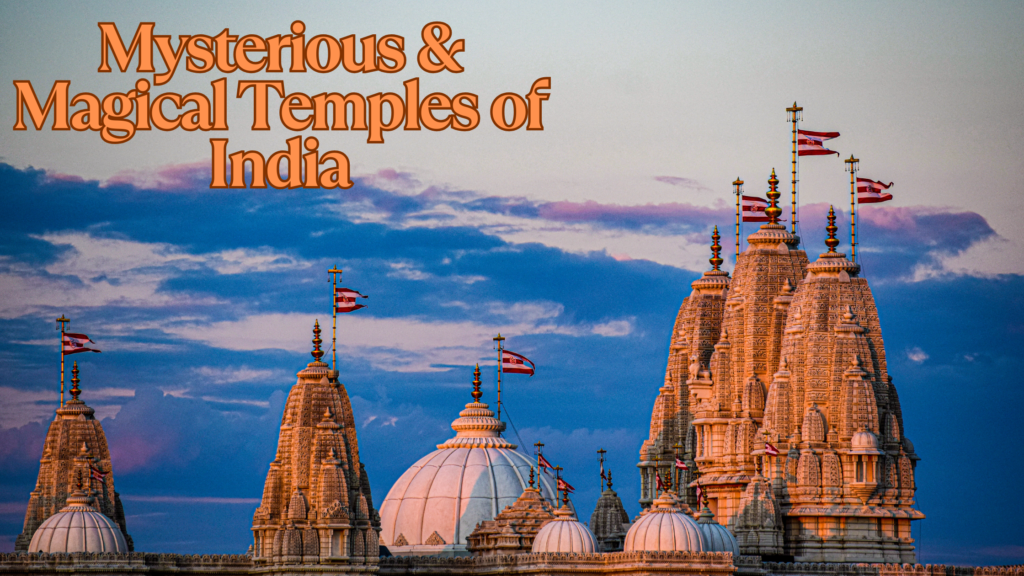
1. Mehandipur Balaji Temple – Rajasthan
- Location: Dausa District, Rajasthan
- Deity: Lord Hanuman (Balaji)
- Famous For: Exorcism rituals, healing from evil spirits
- Built In: Estimated to be over 1,000 years old
- Best Time to Visit: October to March
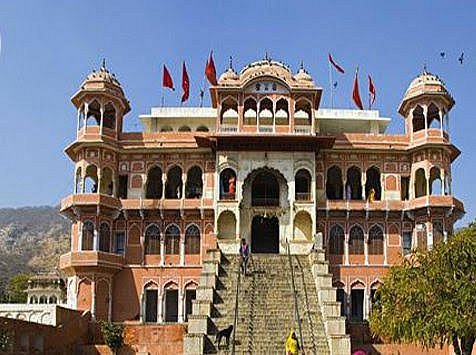
Why It’s Mysterious
Unlike any other temple, Mehandipur Balaji is known for its intense exorcism rituals performed in public. People suffering from black magic or evil possession are brought here for healing. The sight of devotees screaming, laughing hysterically, or performing unnatural acts is both terrifying and fascinating.
Do’s and Don’ts
- Do: Maintain silence, be respectful of rituals
- Don’t: Eat anything offered inside or take prasad outside
- Tip: Avoid visiting alone if you’re sensitive to energy or spiritual practices
2. Kamakhya Devi Temple – Assam
- Location: Guwahati, Assam
- Deity: Goddess Kamakhya (a form of Shakti)
- Famous For: Menstruating goddess, Tantric practices
- Built In: 8th-9th century
- Best Time to Visit: During Ambubachi Mela in June
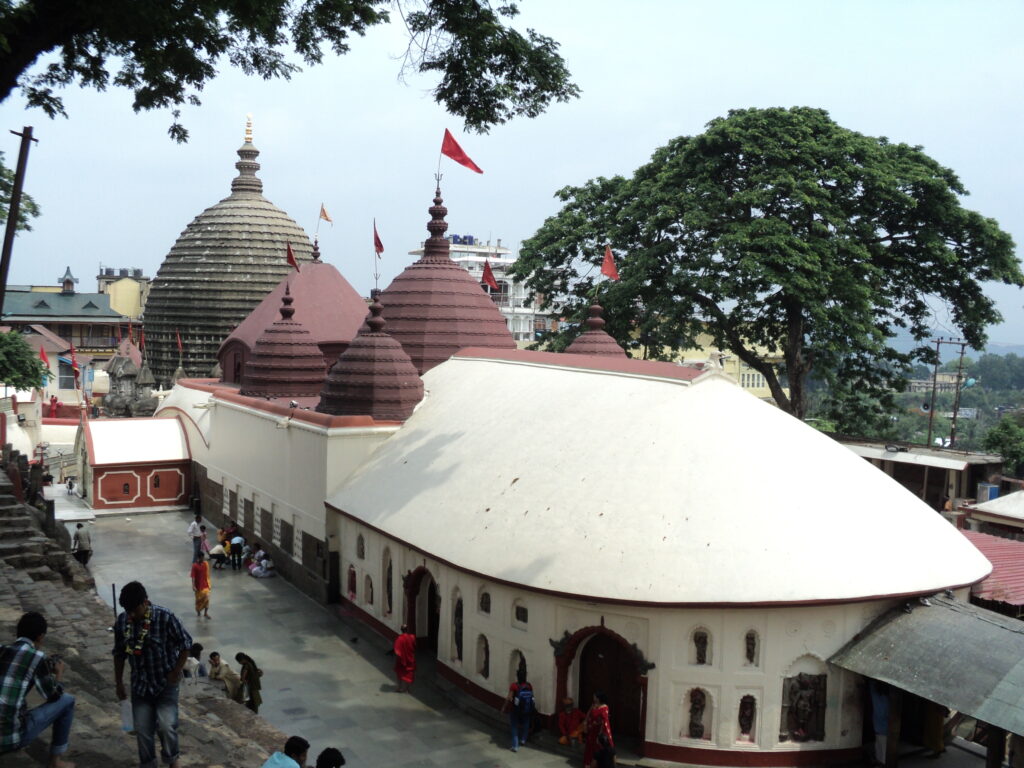
Why It’s Mysterious
The Kamakhya Temple is unique because it doesn’t house an idol but a yoni-shaped stone which is believed to bleed during the annual Ambubachi festival, symbolizing the menstruation of the Earth. The temple is a revered center for Tantric worship and considered one of the Shakti Peethas.
Do’s and Don’ts
- Do: Attend Ambubachi Mela for a unique experience
- Don’t: Question or mock the Tantric practices
- Tip: Respect the energy of the place—it’s intense and sacred
3. Veerabhadra Temple (Lepakshi) – Andhra Pradesh
- Location: Lepakshi, Anantapur district, Andhra Pradesh
- Deity: Veerabhadra (a fierce form of Lord Shiva)
- Famous For: Hanging pillar, footprint of Sita
- Built In: 16th century by Vijayanagara rulers
- Best Time to Visit: October to March
Why It’s Mysterious
One of the pillars in the temple hangs without touching the ground. It’s said that you can pass a cloth beneath it. Locals believe this pillar defies gravity due to divine intervention. Additionally, there’s a footprint inside the temple believed to belong to Sita from the Ramayana.
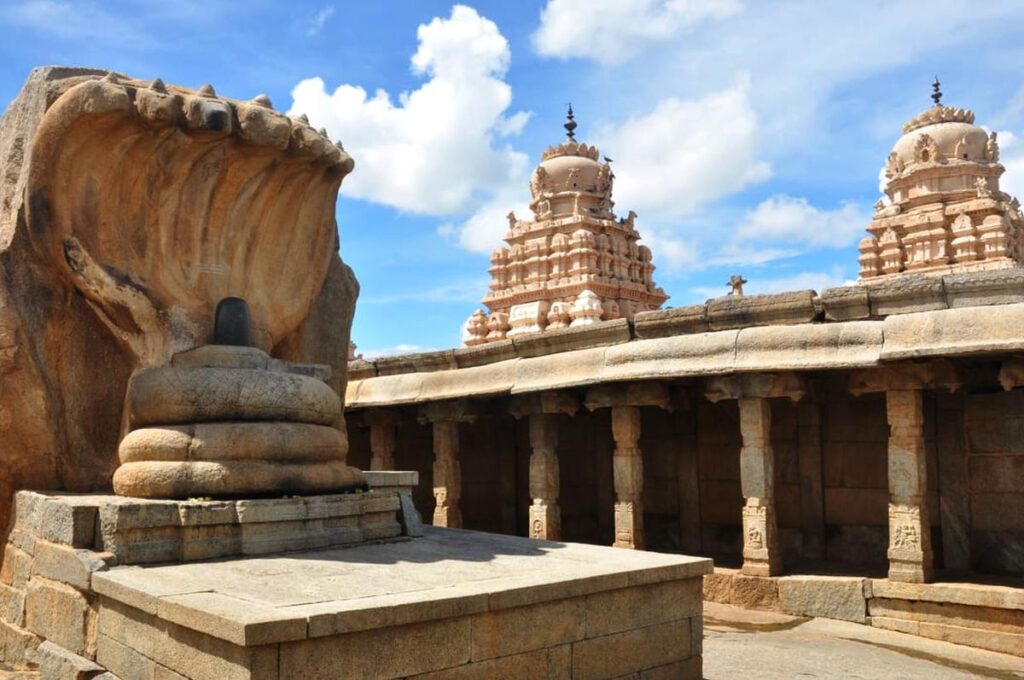
Do’s and Don’ts
- Do: Ask local guides to demonstrate the hanging pillar
- Don’t: Try to move or tamper with the pillar
- Tip: Take time to admire the intricate carvings and frescoes
4. Stambheshwar Mahadev Temple – Gujarat
- Location: Kavi Kamboi, Gujarat
- Deity: Lord Shiva
- Famous For: Disappears and reappears daily due to tides
- Built In: Around 150 years ago
- Best Time to Visit: November to February
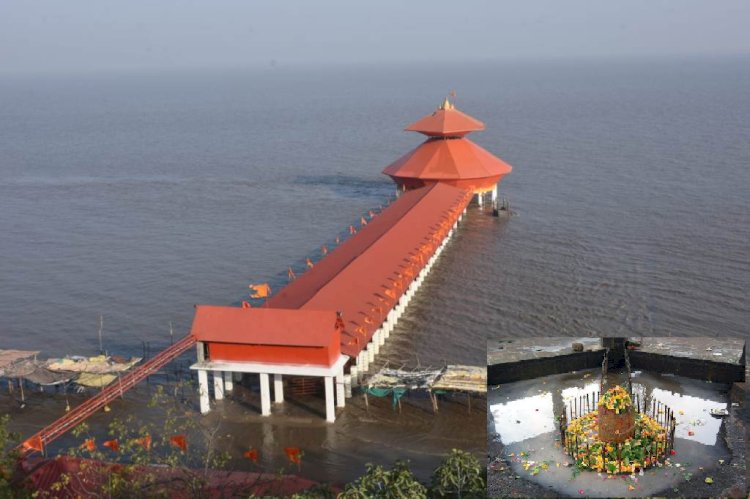
Why It’s Mysterious
This temple vanishes underwater during high tide and reappears as the tide recedes. This rare phenomenon makes it one of the most magical temples in the world, signifying the omnipresence and invincibility of Lord Shiva.
Do’s and Don’ts
- Do: Check tide timings before visiting
- Don’t: Attempt to go near the temple during high tide
- Tip: Sunset visits during low tide are breathtaking
5. Kal Bhairav Temple – Ujjain, Madhya Pradesh
- Location: Ujjain, Madhya Pradesh
- Deity: Kal Bhairav (a fierce form of Shiva)
- Famous For: Liquor offered as prasad
- Built In: Believed to be over 600 years old
- Best Time to Visit: October to March
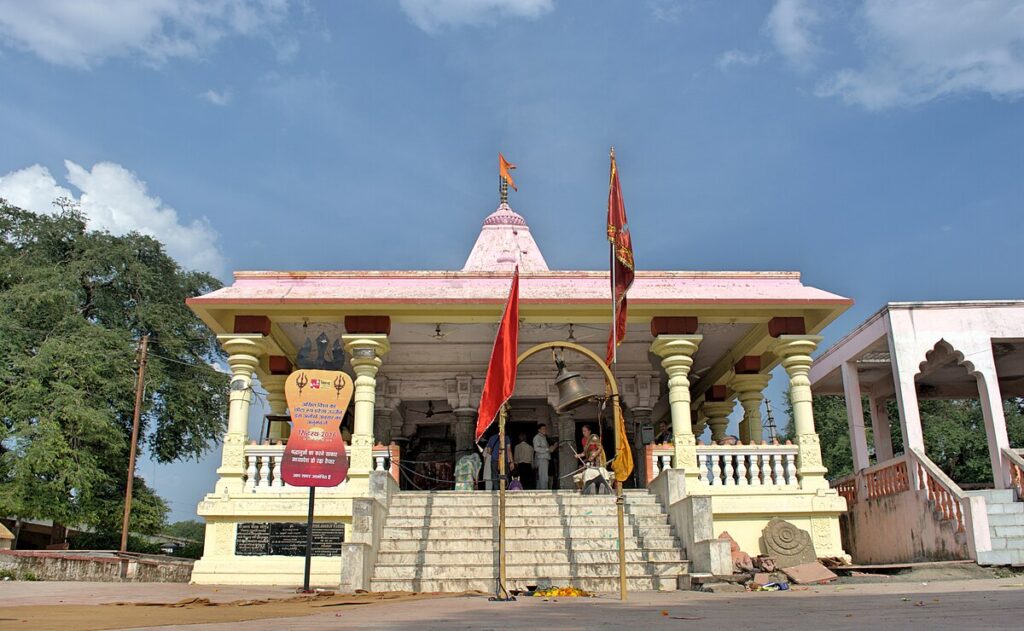
Why It’s Mysterious
In this temple, devotees offer liquor to the deity, and it mysteriously disappears into the mouth of the idol. Scientists and skeptics have tried to explain this but remain baffled.
Do’s and Don’ts
- Do: Buy liquor from the designated shops outside the temple
- Don’t: Drink alcohol within temple premises
- Tip: Be respectful—it’s a sacred ritual, not entertainment
6. Brahma Temple – Pushkar, Rajasthan
- Location: Pushkar, Rajasthan
- Deity: Lord Brahma
- Famous For: One of the very few Brahma temples in the world
- Built In: 14th century
- Best Time to Visit: October-November (during Pushkar Fair)
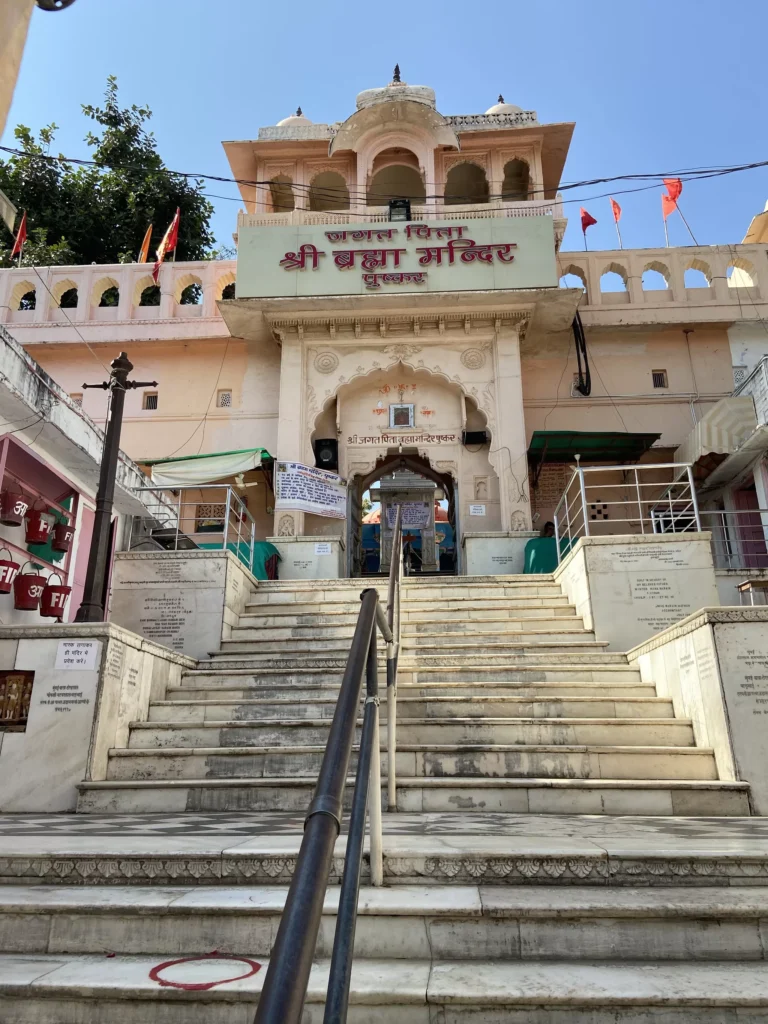
Why It’s Mysterious
Despite Brahma being one of the Trinity gods (Brahma-Vishnu-Shiva), there are hardly any temples dedicated to him. Legends say Brahma was cursed by his wife Savitri, limiting his worship on Earth. This temple is the only major shrine where he is worshipped.
Do’s and Don’ts
- Do: Take a dip in the Pushkar Lake before darshan
- Don’t: Bring leather items into the temple
- Tip: Combine your visit with the Pushkar Camel Fair for a vibrant experience
7. Jwala Ji Temple – Himachal Pradesh
- Location: Kangra, Himachal Pradesh
- Deity: Goddess Jwala (flame goddess)
- Famous For: Eternal flames burning without fuel
- Built In: References date back to the 7th century
- Best Time to Visit: March to June and September to November
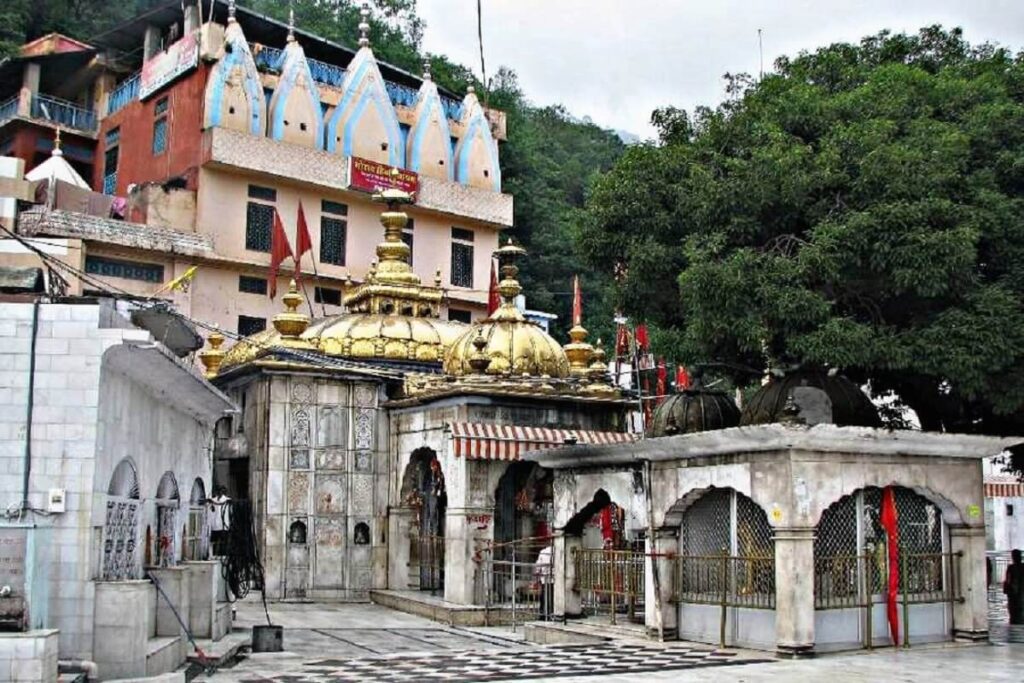
Why It’s Mysterious
Natural flames burn continuously from rock fissures in this temple. Scientists have no concrete explanation for these eternal flames, making it a site of both scientific curiosity and divine power.
Do’s and Don’ts
- Do: Observe the flames with reverence
- Don’t: Try to touch or tamper with the flames
- Tip: Visit nearby Shakti Peethas like Chintpurni and Naina Devi
8. Padmanabhaswamy Temple – Kerala
- Location: Thiruvananthapuram, Kerala
- Deity: Lord Vishnu
- Famous For: Secret vaults with unimaginable treasures
- Built In: 8th century
- Best Time to Visit: October to February
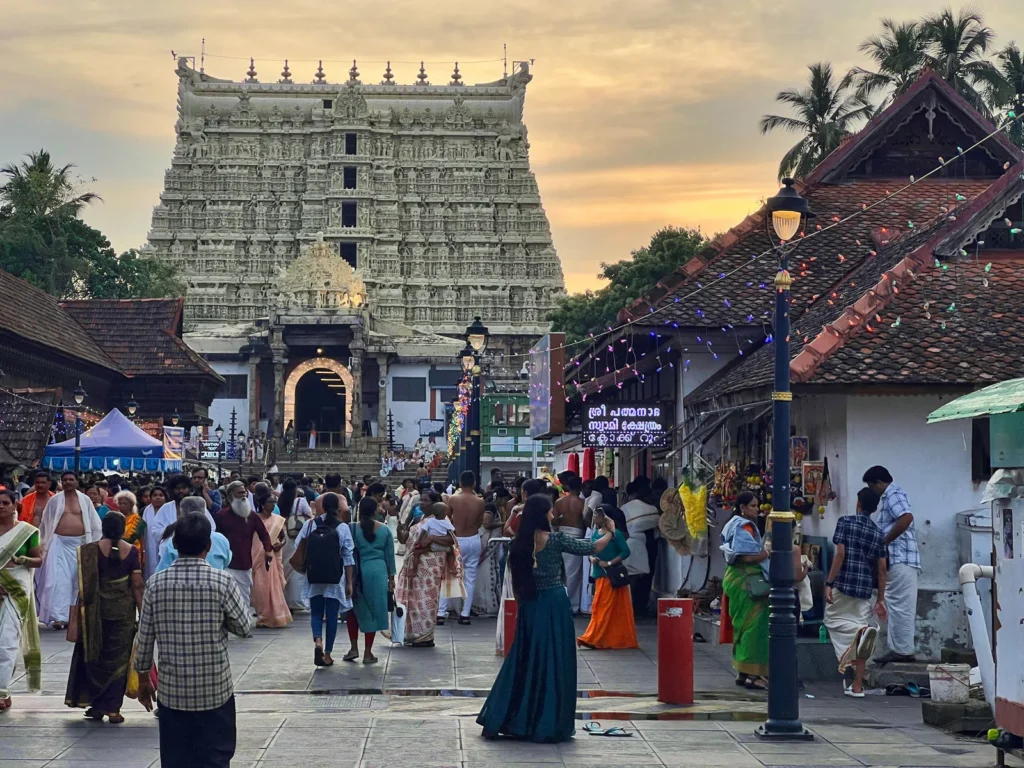
Why It’s Mysterious
This temple is said to be the richest in the world, with one vault (Vault B) still unopened due to a mystical curse. Attempts to open it have been met with fear and controversy, fueling its mystery.
Do’s and Don’ts
- Do: Follow the strict dress code (mundu for men)
- Don’t: Attempt to photograph the interiors
- Tip: Book guided tours for a deeper insight into its legend
9. Kodungallur Bhagavathy Temple – Kerala
- Location: Kodungallur, Thrissur district, Kerala
- Deity: Goddess Bhadrakali
- Famous For: Oracles, rituals with blood offering during Bharani festival
- Built In: Ancient times, possibly before the Common Era
- Best Time to Visit: March-April (Kodungallur Bharani)
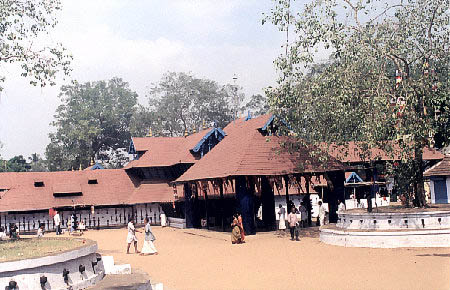
Why It’s Mysterious
This temple is known for its raw, intense rituals where oracles (Velichappad) enter trance-like states, cut themselves, and perform extreme acts during the Bharani festival, believed to be divinely inspired.
Do’s and Don’ts
- Do: Maintain a respectful distance during rituals
- Don’t: Engage in photography or disrupt the process
- Tip: The rituals are not for the faint-hearted—be mentally prepared
10. Devji Maharaj Temple – Madhya Pradesh
- Location: Malajpur, Madhya Pradesh
- Deity: Saint Devji Maharaj
- Famous For: Ghost fair (Bhoot Mela) for exorcism
- Built In: Estimated in the 18th century
- Best Time to Visit: February (during the Ghost Fair)
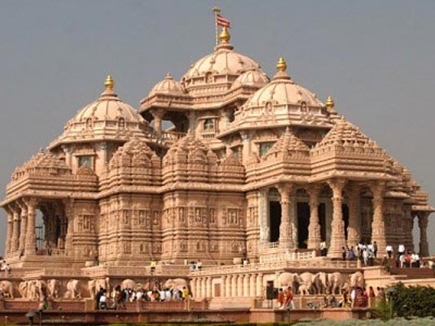
Why It’s Mysterious
Every year, thousands flock here for an annual fair where people believed to be possessed are brought for exorcism. Priests perform rituals to drive out evil spirits amidst drumbeats and chants.
Do’s and Don’ts
- Do: Go with a guide if it’s your first visit
- Don’t: Visit just for curiosity—it’s a serious spiritual event
- Tip: Attend during the fair for the full experience, but stay cautious
Mysterious and Magical Temples in India Final Thoughts
These temples remind us that India is not just a country—it’s a mystic experience. Whether you’re a believer, a spiritual seeker, or an adventurer, these magical temples are more than just architectural marvels—they’re gateways to the unknown, places where faith and mystery coexist.
So, which of these mysterious and magical temples in India are you planning to visit first?
Frequently Asked Questions (FAQs)
1. Which is the most mysterious temple in India?
The Mehandipur Balaji Temple in Rajasthan is considered one of the most mysterious temples in India. It is known for live exorcism rituals and healing practices believed to cure people of evil spirits and black magic.
2. Are there any temples in India that vanish or reappear?
Yes, the Stambheshwar Mahadev Temple in Gujarat is submerged during high tide and reappears during low tide daily, making it a unique and magical place of worship.
3. Which temple in India has a hanging pillar?
The Veerabhadra Temple in Lepakshi, Andhra Pradesh is famous for its gravity-defying hanging pillar that does not touch the ground and is a major attraction for tourists and devotees alike.
4. Is there any temple where liquor is offered to the deity?
Yes, at the Kal Bhairav Temple in Ujjain, devotees offer liquor to the deity as a form of prasad. It’s one of the rare temples where this practice is considered sacred and not taboo.
5. What is special about the Kamakhya Temple in Assam?
The Kamakhya Temple is dedicated to the menstruating Goddess Shakti and is believed to be one of the most powerful Shakti Peethas. It becomes a center of attraction during the Ambubachi Mela, which symbolizes the Earth’s fertility.
6. Why is the Padmanabhaswamy Temple considered magical?
The Padmanabhaswamy Temple in Kerala is said to be the richest temple in the world. Its mysterious Vault B has never been opened due to belief in a divine curse, and it is said to hold unimaginable treasures.
7. Is photography allowed in these temples?
Photography rules vary by temple:
- Not allowed: Padmanabhaswamy Temple, Kamakhya Temple, and Jwala Ji Temple
- Allowed with caution: Veerabhadra Temple (Lepakshi), Brahma Temple (Pushkar)
Always check local temple guidelines or signage before clicking photos.
8. What should I wear when visiting these temples?
Most temples have a strict dress code:
- Traditional Indian attire is recommended (saree, kurta-pajama, mundu)
- Avoid shorts, sleeveless tops, or revealing clothes
- Padmanabhaswamy Temple specifically requires men to wear a mundu (no shirts)
9. Are these temples suitable for children or elderly people?
Yes, most temples are family-friendly, but a few like Mehandipur Balaji and Devji Maharaj Temple (Bhoot Mela) may be too intense for sensitive children or elderly individuals due to the nature of exorcism rituals.
10. Are these temples open to foreigners and non-Hindus?
- Many temples welcome people of all religions, especially for sightseeing and learning purposes.
- However, Padmanabhaswamy Temple and some South Indian temples restrict entry to Hindus only.
Always verify entry policies in advance.
For more such amazing Travel information in India, follow Popnewsblend.
For more Incredible Places in India, visit Incredible India website.

Hi, I’m Prashant Jain — a curious soul, storyteller, and content creator at heart.I’ve always been drawn to the world of entertainment, travel, sports, health & lifestyle — not just as a writer, but as someone who genuinely lives these experiences. Whether I’m binge-watching the latest OTT series, exploring offbeat spiritual destinations in India, or diving deep into wellness routines and cricket match insights, I love sharing what I discover with like-minded readers.
PopNewsBlend is my way of blending personal journeys with meaningful stories — ones that inform, inspire, and keep you ahead of the curve. Everything I write comes from real observations, hands-on experiences, and a deep passion for understanding the world around us.
Discover more from Popnewsblend
Subscribe to get the latest posts sent to your email.

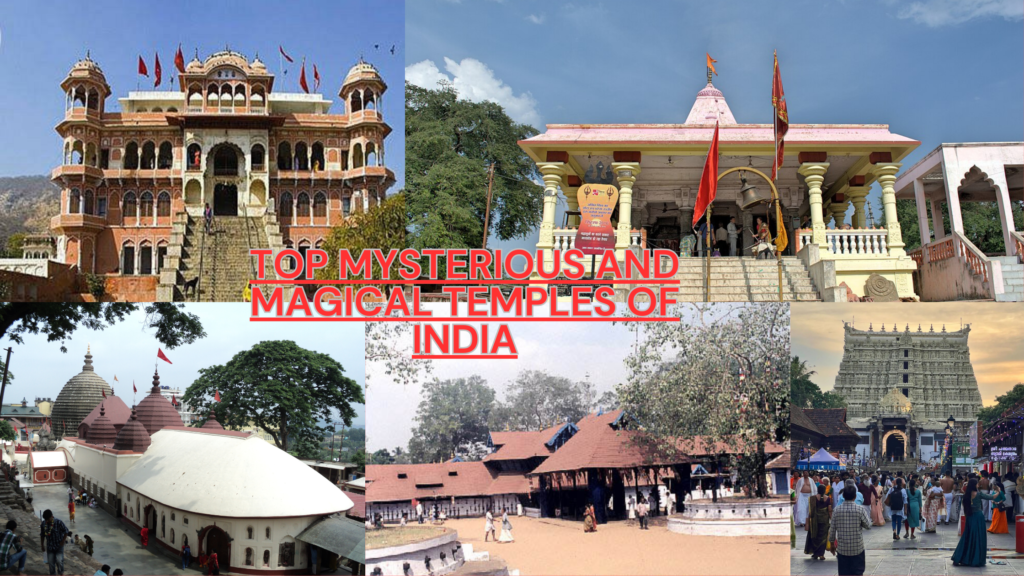






Pingback: Top 15 Spiritual Places in India Every Hindu Must Visit